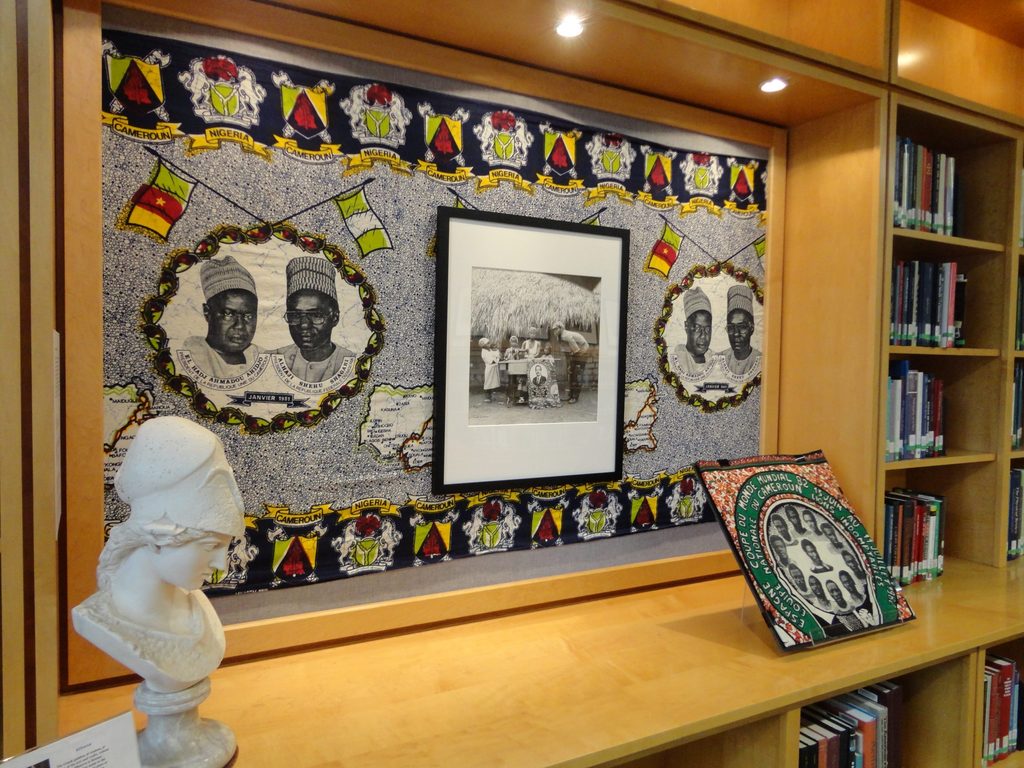April 6-June 16, 2012

Joseph Chila (b. 1948), Samuel Finlak (b. 1958), and Jacques Touselle (b. 1935), three Cameroonian studio photographers, took these images between 1970 and 1985. During this period, few cameras were owned by individuals in this West African country. Photographs were made by professionals who maintained commercial studios and also made house calls. The demand for small portrait photographs, used in identity cards, kept many studios afloat and the prices low, so that even street vendors could afford photos for official and more personal uses.
The three featured photographers, who worked in villages and small towns rather than in the capitol city of Yaoundé, represent the end of a tradition that reaches back to the invention of photography in nineteenth-century Europe. Jacques Touselle, the oldest, learned his craft using a large tripod camera and glass plate negatives. These old photographs maintain their value to Cameroonians even though the technology has been rendered obsolete by the advent of color photography in the 1980s, and by digitized identity cards. Such images, initially created for bureaucratic use in identity cards or marriage licenses, are now prized reminders of an aged or deceased relative. Some photographs appear, greatly enlarged, in memorial ceremonies knows as “Cry Dies” in Cameroonian Pidgin (Wes Kos), or ‘funérailles’ in Cameroonian French.
Read about SOAN 256: Transformations in African Ethnography, a related course that will be taught this Spring by Pamela Feldman-Savelsberg.
